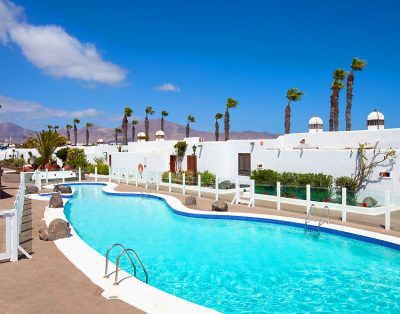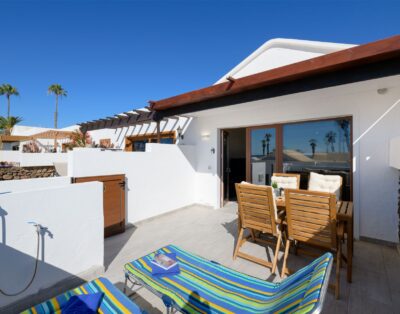Mirador del Rio
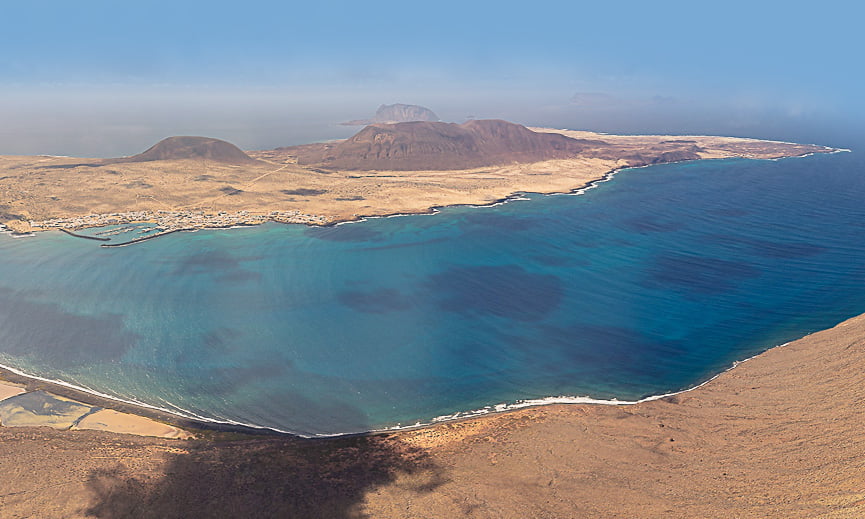
Cueva de los Verdes
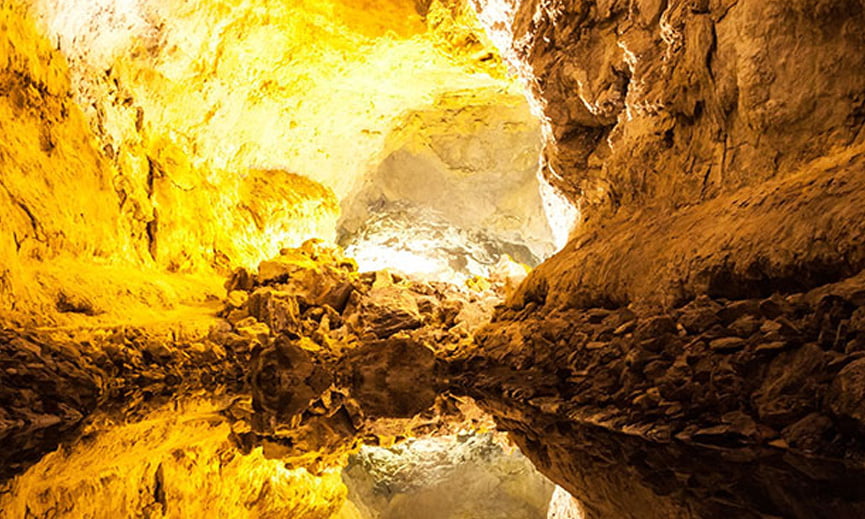
Jameos del Agua
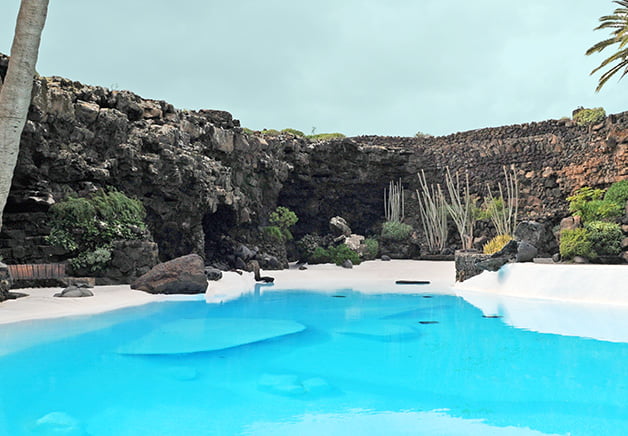
Cesar Manrique Foundation
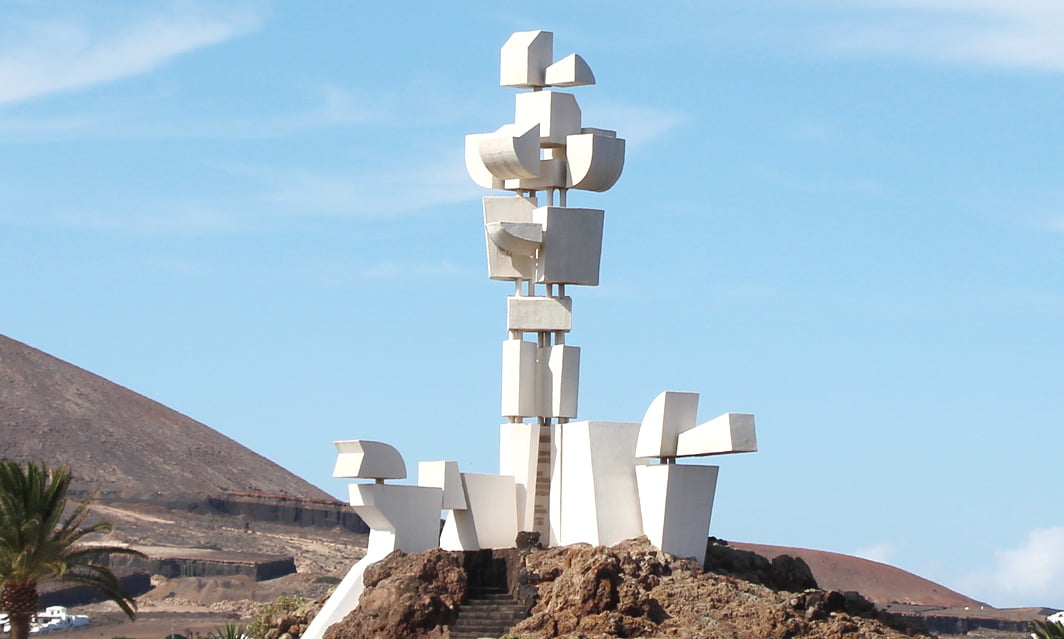
Jardin del Cactus

Museum of Art
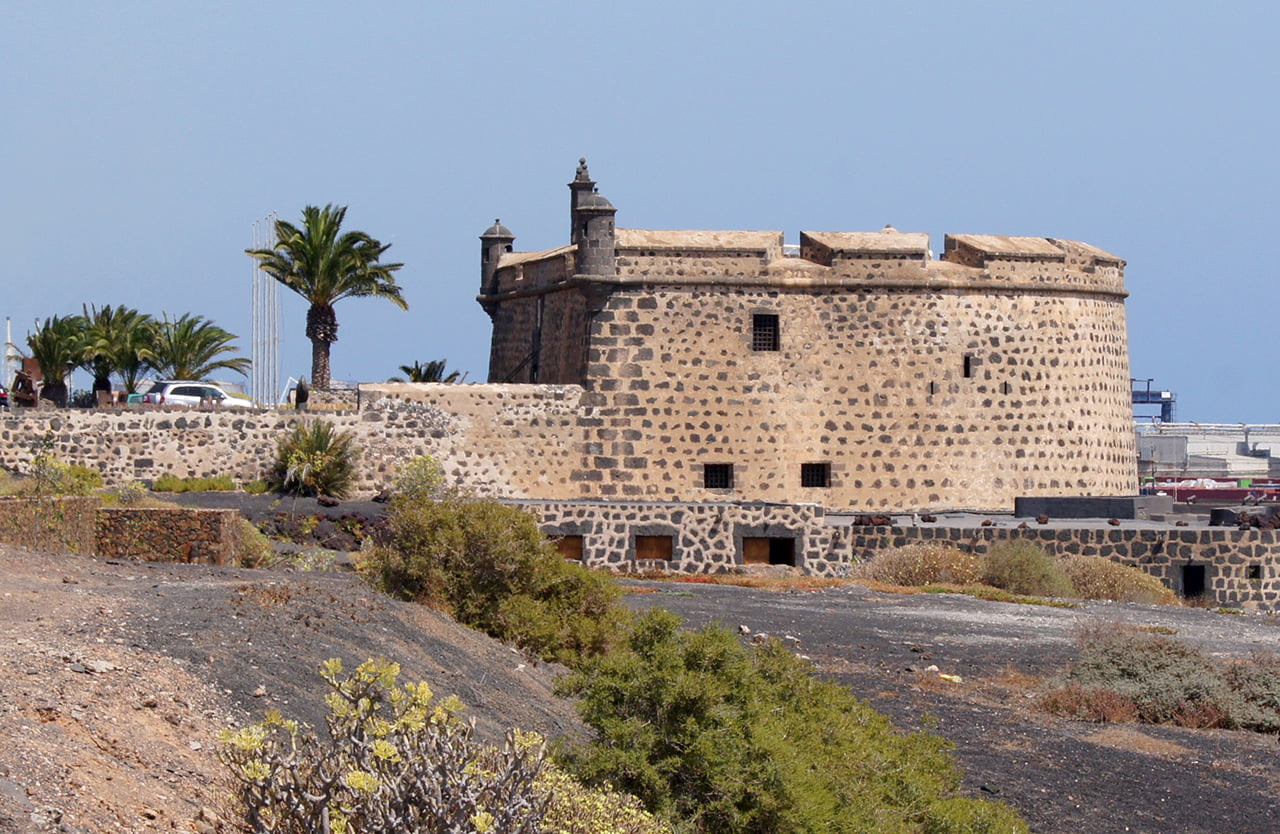
Lago Verde, El Golfo
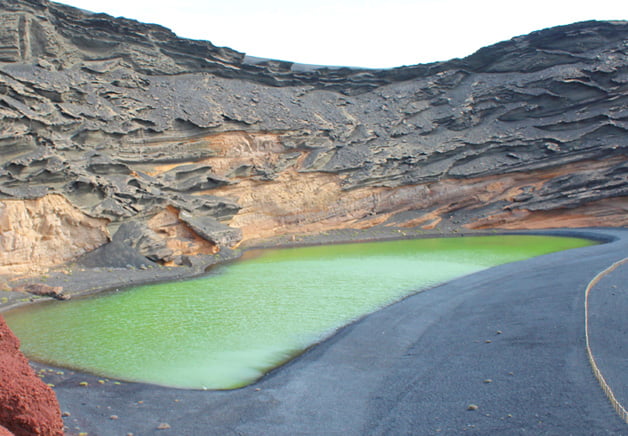
While in Lanzarote, do not miss these attractions:
Mirador del Rio
Meaning ‘River View’ this a lookout point located in the north of the island on top of a cliff, 479m above sea level. Created by Cesar Manrique, the views of the neighbouring island (belonging to Lanzarote) La Graciosa and the tiny island of Montana Clara is breathtaking. The artist excavated an opening in the top of the mountains to house a restaurant with a domed ceiling.
Cueva de los Verdes
Formed again by the eruption of the volcano Las Coronas these caves are one of the longest volcanic galleries in the world stretching 6km long. During the 17th century these caves acted as a refuge to the local Canarian people from pirates and slave hunters. Spectacular lighting adds to the effects of the caves and they also boast an optical illusion.
Jameos del Agua
Designed by Cesar Manrique in 1968 Jameos del Agua is an underground lava bubble converted into an auditorium and theatre. It was created by the eruption of the big volcano in the north called La Corona approximately 3000 years ago.
The word Jameos means a lava bubble, which occurs when the ceiling of a lava tunnel collapses, or when gases accumulate and explode literally leaving a bubble underground. Visitors enter through a winding staircase made out of the surrounding rock and enter into Jameo Grande, a roofless volcanic bubble 100m long and 30m wide.
This then leads to a garden and swimming pool. A dance floor and bar has been created out of the surrounding volcanic rock. At the end of Jameos Grande is the concert cave with its wonderful acoustics seating 600 people.
Cesar Manrique Foundation
Originally the studio and house of Cesar Manrique it was inaugurated in 1992 as a private, non-profit, self financed cultural foundation engaging in the promotion of artistic, environmental and cultural activities as well as the private works of Cesar Manrique. Highly recommended.
Jardin del Cactus
Created by Cesar Manrique this area was originally an old quarry. Cesar Manrique strived to show how beauty could be created using natural resources and the gardens show the indigenous flora of the island.
Museum of Contemporary Art
This is situated in the Castle of San Jose in Puerto Naos, Arrecife. It was originally fortress built between 1776 and 1779 by King Carlos III. It not only contains pieces of modern art but also works from Cesar Manrique who was one of the honorary directors.
Museum of Emigrants
Standing on Guanapay hill overlooking the old capital of Teguise the Castle of Santa Barbara started as a watchtower guarding the island on both coastlines.
It was originally built Bayesian de Herrera in the 16th century but was fully converted to a fortress in 1588 by the Italian engineer Leonardo Torriani. Up until 1960 the castle had had a long period of deterioration but then a group of people headed by “Friends of Castles” started restoring it to its former glory.
It has since had a further restoration in 1977 by the Fine Arts association. Nowadays it isused as a museum for the history of the Canarian Emigrants many of whom went to South America and includes passports, family letters and postcards along with scale models and texts.
Timanfaya National Park
This area was devastated by volcanic eruptions over a period of 6 years 1730-1736.Here visitors can appreciate not only the awe inspiring scenery of the lunar landscape caused by the geological phenomena but also a land coming back to life with its 180 different plant species.
Cars park by the side of the El Diablo restaurant where visitors can go in and see how food can be cooked over the heat of the volcano and can watch the geothermic experiments.
A coach ride of about 45mins is included in the entrance fee where visitors are taken around the volcano route and can listen to the story behind this unusual island.
El Golfo
On the west coast of Lanzarote on the coastline of the Timanfaya National park is El Golfo, also known as the Green Lagoon.
It is actually a volcanic crater, which has been filled by underground seawater. Algae have inhabited the water causing the green colour, which against the black volcanic sands is an unusual sight.
Today the crater is half its original size and has been declared a protected area. In the surrounding area you will also find the naturally occurring semi precious stone called Olivina, a green stone and you will find it lying on the beach and rocks.
Lanzarote is a small island and it is possible to drive from the northern tip to the south in around an hour or so. Making all of these attractions very accesible for anyone planning a break in one of our beachfront holiday apartments in Playa Blanca.






